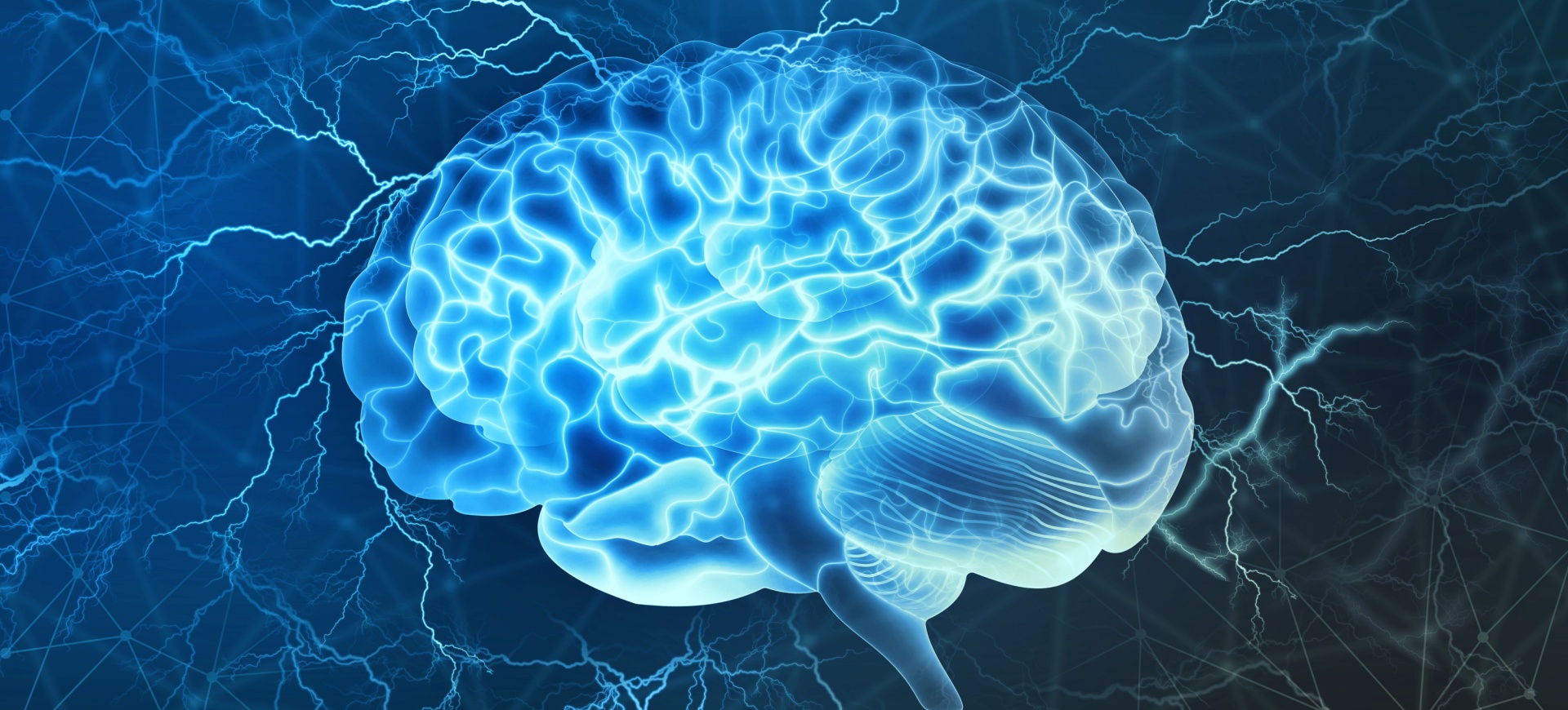Changing the mindset
Implementing neurological, mental and social brain health at the global level needs to be based on ‘the least that yields the most’ – and G7 leaders can play their part by declaring it a top priority, coordinating policies and taking a One Health approach
G7 members face a growing demographic gap. The world’s population exceeds 8 billion people, but two-thirds live where birth rates have fallen below the replacement level of 2.1 births per woman. These trends in mortality and fertility illustrate demographic transitions – from higher to lower – in different countries and contexts. More people are getting old than are being born, as in Japan where the life expectancy is 85 years and the fertility rate is 1.3 children per woman.
This gap has profound implications. Increasing age means rising risks of stroke, heart disease and dementia. The fast-paced demographic shifts are only one aspect of the issue; another is changing lifestyle and other risk factors causing many neurological diseases, which are the leading cause of disability-adjusted life years and the second leading cause of death globally. Despite the high global burden of neurological conditions, access to prevention services is insufficient, especially in low- and middle-income countries.
Little is done until people become symptomatic. For example, two drugs slow progression to dementia, as do intensive lifestyle changes. Both have limitations: by the time people are symptomatic, accumulated brain pathologies limit improvements; drugs are expensive and unscalable; and the number of symptomatic people increases as populations age.
We need to change our approach.
Five strategic objectives
The World Health Organization’s Intersectoral Global Action Plan on epilepsy and other neurological disorders provides a global plan for improving brain health worldwide. It has five strategic objectives: to raise policy prioritisation and strengthen governance; provide effective, timely and responsive diagnosis, treatment and care; implement strategies for promotion and prevention; foster research and innovation and strengthen information systems; and strengthen the public health approach. Ten global targets with measurable indicators will track the achievements by 2031. To reach these targets, the plan outlines close collaboration between stakeholders in the health sector and beyond, and the need to support the participation and empowerment of people with neurological disorders, their carers and families. The World Federation of Neurology together with other regional societies have developed their own plans. Several countries are also launching brain health strategies (including Italy, Finland, Norway and Switzerland).
The European Academy of Neurology started the Brain Health Mission campaign to increase understanding and collaboration towards the final goal of the primary prevention of neurological disorders. It has established a leadership programme and forum with the European National Neurological Societies, as well as the Brain Health School Challenge and the Advocacy Training Programme. It also created a task force focused on the impact of climate and environmental changes on neurological disorders. EAN is also investigating the role of artificial intelligence in diagnosing and managing neurological disorders and is preparing new generations of medical students and neurologists for the next decade.
The burden of neurological disorders is compounded by stigma and discrimination, hampering life opportunities, increasing poverty risk and creating difficulties in accessing care. Many neurological disorders are preventable, and much progress is being made in treatments and research. To achieve maximum uptake, health information and interventions for disease prevention and improved health care should be directed towards the affected populations and developed collaboratively with the concerned communities implementing interventions tailored to local circumstances.
An abyss to cross
An abyss exists between what is being done and what needs to be done, and an abyss cannot be crossed in little steps. We need to be bold and adopt global, multi-level, pragmatic solutions to foster brain health throughout the life course, as advocated by the WHO. It defines brain health as “a state of brain functioning across cognitive, sensory, socio-emotional, behavioural and motor domains, allowing a person to realise their full potential over the life course, irrespective of the presence or absence of disorders”, which can be operationalised as “a state of optimal cerebral, mental, and social function in a safe, healthy, and supportive environment”. This definition is based on the WHO’s five determinants of brain health: physical health, healthy environment, safety and security, life-long learning and social connection, and access to quality services.
Implementing brain health has to be simple enough that it can be followed by most people in most settings based on what is the least that yields the most: Activity and sleep, a Balanced diet and blood pressure control, and Connections that promote cerebral, mental and social function.
High-level brain health plans require grassroots initiatives in actionable units, small enough to have a sense of community capable of connecting information with motivation and implementation.
G7 leaders at the Apulia Summit can:
- declare life course brain health (neurological, mental, social) as a top priority;
- coordinate, integrate and catalyse brain and mental health policies; and
- link global, regional and national brain health plans and energise them to implement a One Health approach with brain health at the centre of healthcare systems, policies and interventions.
If only 10% of people change their mindset, changes follow quickly. We all need to change our own mindsets from tackling problems to preventing them.












